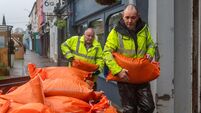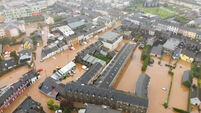'I will be left clinging to a pole': Calls for Ireland to speed up public early flood warning system

The flooding on Main street in Midleton caused by Storm Babet in 2023. File photo: Eddie O'Hare
With the world experiencing a sharp increase in severe weather events because of the climate crisis, there is growing focus on Ireland’s lack of a public early flood warning system.
While State agencies insist it is a complex matter and could take another 10 years, those on Ireland’s flooding frontline say this is just not good enough.
Without such a system in place, they fear they will be left “to cling to a pole and pray”, which is how one expert described the situation when talking about countries without public early flood warning systems in place at the 2023 Spain Smart Water Summit.
Ireland’s best-known independent weather forecaster Alan O’Reilly, the man behind Carlow Weather, agrees.
He believes setting up some kind of early warning system in areas worst affected by flooding is not “rocket science”.
“There should be a nationwide system of measuring the amount of water falling on our mountains and main upland areas in real time,” he said.

“This data should then be fed into the same real time data recording both the flow and depth of the water of the rivers the mountain water will flow into.
“Someone somewhere should then be able to work out how long the water takes to flow down a mountain before it leads to a river below it flooding," Mr O'Reilly said.
Already, ad hoc systems are being established by people on the so-called flooding front line who are tired of waiting for a public early flood warning system tailored for their area.
In Midleton, for example, a businessman Colin James has spent €20,000 of his own money to set up an early flood warning system that can provide a 25-minute warning to businesses in the East Cork town.
Inspired by a tsunami alert scheme in his native New Zealand, it revolves around a network of web-connected sensors that detect when water levels reach breaching points and they can send phone alerts.
It has yet to be adopted in Midleton and extended beyond its proof-of-concept phase, but it is an example of what can be done in a relatively short space of time.
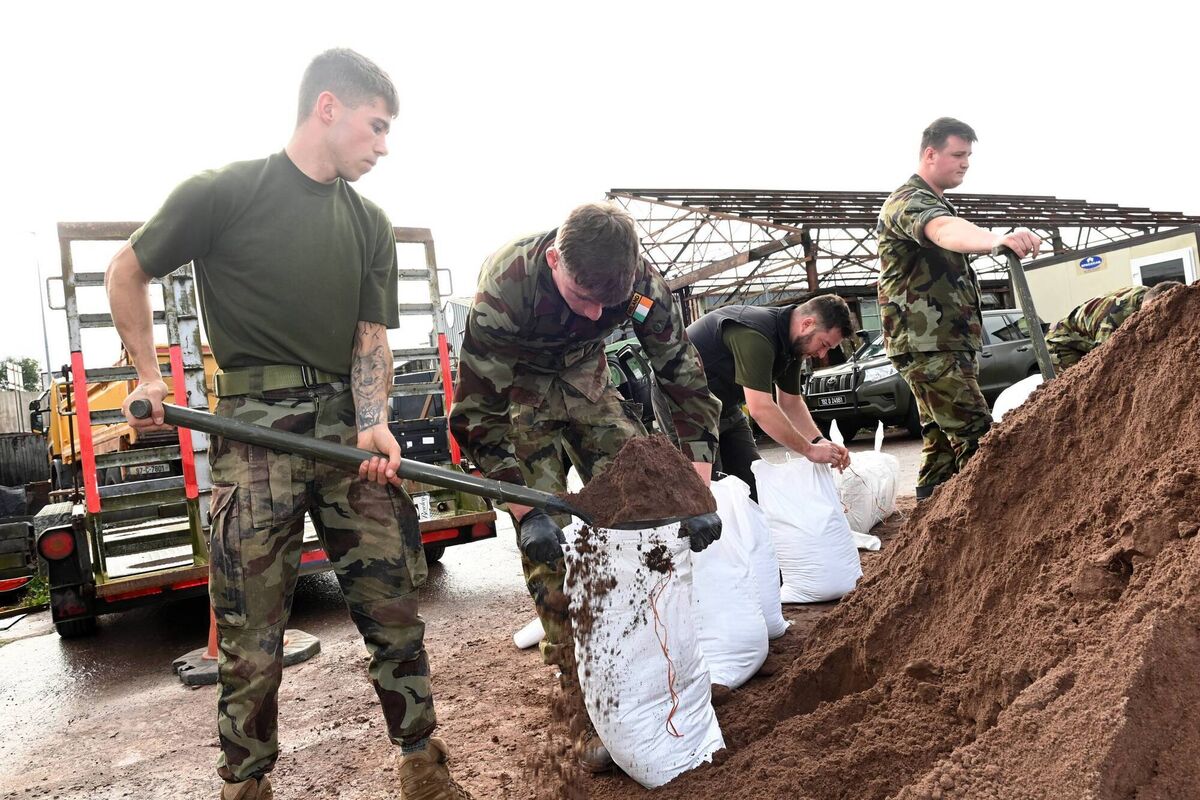
Despite this, the authorities insist a public early flood warning system — like a text system that operates in countries like Spain — cannot be done any time soon. Cork County Council, for example, says an early flood warning system wouldn’t work for Midleton.
For its part, the Office of Public Works (OPW), which oversees Ireland’s attempts to establish a flood forecasting and warning system, says these things just take time.
Met Éireann also told the in a statement on the issue: “It is not the role of Met Éireann to provide flood warnings.” With Storm Babet fresh in their minds, the people of Midleton don’t buy this.
The storm led to unprecedented flash floods that swept through their town in October 2023. Aerial images showed a town almost completely submerged in brown, muddy water.
The way the current system works in Ireland revolves around flood advisories being passed to local authorities and it is then up to them to pass them onto the public.
The advisories are also passed onto other stakeholders, such as the National Directorate for Fire and Emergency Management (NDFEM), and the Department of Housing.
On Met Éireann’s role in the lead-up to Storm Babet, an OPW spokesperson said: “The weather warnings Met Éireann issued for Storm Babet incorporated flooding and flooding-related impacts.”
They told the that two flash flood and landslide notifications from the European Flood Awareness System (EFAS) were also issued to both Met Éireann and local authorities in the run-up to the worst damage inflicted by Storm Babet on October 18, 2023.
The first EFAS notification on Monday, October 16, stated the “likely start” of a flash flooding event was 6pm the following day, and it would run until 6.24am on October 19.
The chance of a flash flood was rated as between moderate and high, and the administrative region was listed as “South West”.
However, not all local councils passed details of this or the other notification onto the public. Cork County Council was one of those councils that did.
But Caroline Leahy, who represents the 400 or so residents in estates badly hit by flooding in Midleton during Storm Babet, said she doesn’t know anybody who saw any reference to flash flooding on its website.
Added to that, the council website is, she said, the last place she would go to for expert weather information.

A member of the Midleton and East Cork Flood Protection Group, she said: “I was certainly not aware of the mention of flash flooding and no one in our group was aware of that as a warning either.
“We were aware of the orange warning and the wording of those notices is very similar to those of any other weather warning issued.
“Almost all warnings warn of risks of localised flooding and I have endlessly tried to make the point that a 'layman' is left to interpret whether that is a puddle or a tsunami.”
“So the alerts do not garner the attention they deserve as they are not accurate for such a large county.
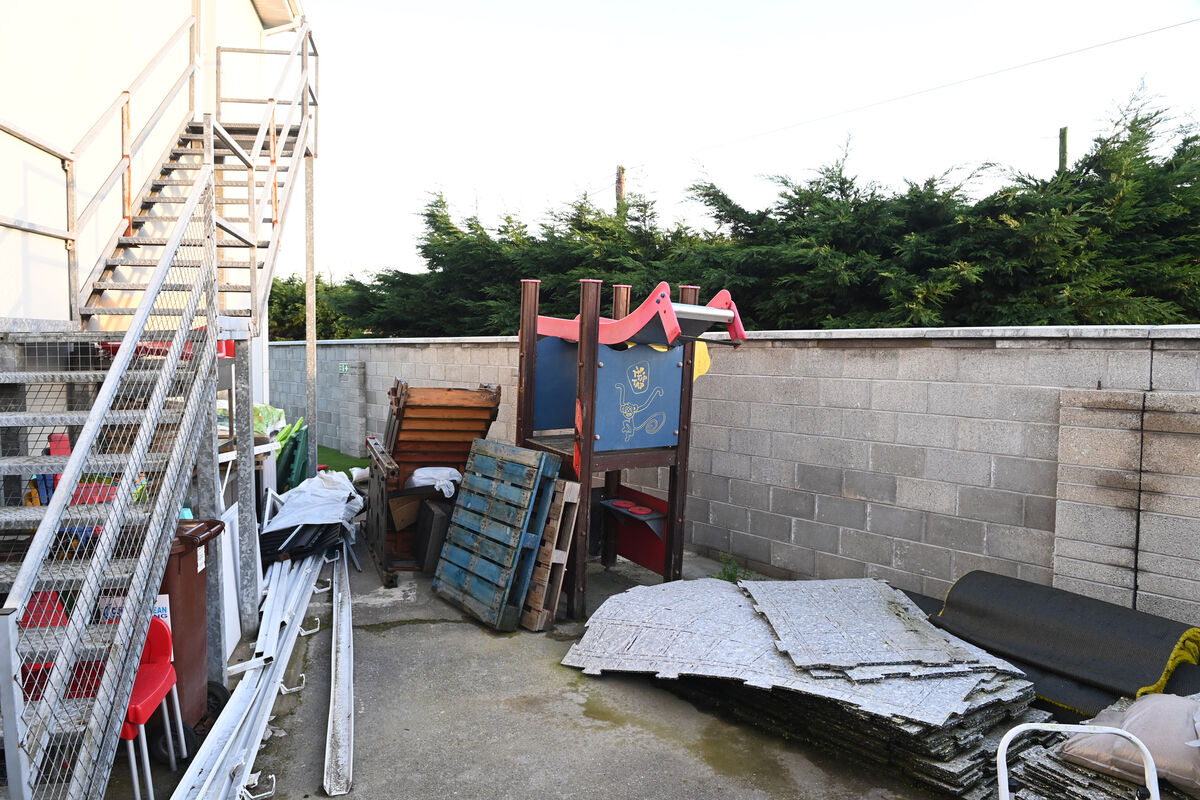
“We need a mobile phone alert system, like other European countries, where an alert goes as an SMS to every phone and where the majority of people will receive a text and should include the stats as per the alerts issued.
“We would rather prepare for a flood 50 times and not have needed to do so, than to get too little information and lose everything again.”
Cork County Council has since been asked when a viable flood warning scheme will be in place in Midleton and why is it taking so long to have one up and running.
A spokesperson told the : “Investigations to date suggest a flood warning system for Midleton would not be effective.
“By the time water levels in the river trigger a warning, there would be very limited time to prepare for the event and enact any emergency response.”

Carlow Weather’s Alan O’Reilly is baffled. He said: “I don’t understand why Met Éireann and County Councils are not sharing better information with the public.
“Met Éireann has a team of flood forecasters who produce flood forecasts but they only share them with local councils and other stakeholders.
“Why also does anybody think the councils are the only ones to communicate flood forecasts when the public expect them to come from Met Éireann who have a website and app for sharing their forecasts?
“But I don’t see why they do not make what they have at present available in a beta mode where the public can use the information with knowledge that the system is a work in progress.
“Meanwhile the public are in the dark about the real severity associated with certain major rainfall events and this results in unnecessary panic.”
The 2004 Parlon Report of the Flood Policy Review Group recommended Met Éireann be given €1 million to fund its contribution to “the effective operation of a flood warning system”.
Money was to be spent by the national forecaster on meteorological forecasting techniques for “flood warning systems”.
The report also stated the OPW should “co-ordinate national aspects of flood warning, and provide assistance and support to local authorities in the establishment of flood warning schemes”.
Flood warning work will, the report stated, involve the development of an OPW in-house flood warning capability, and “the design and implementation of flood warning schemes".
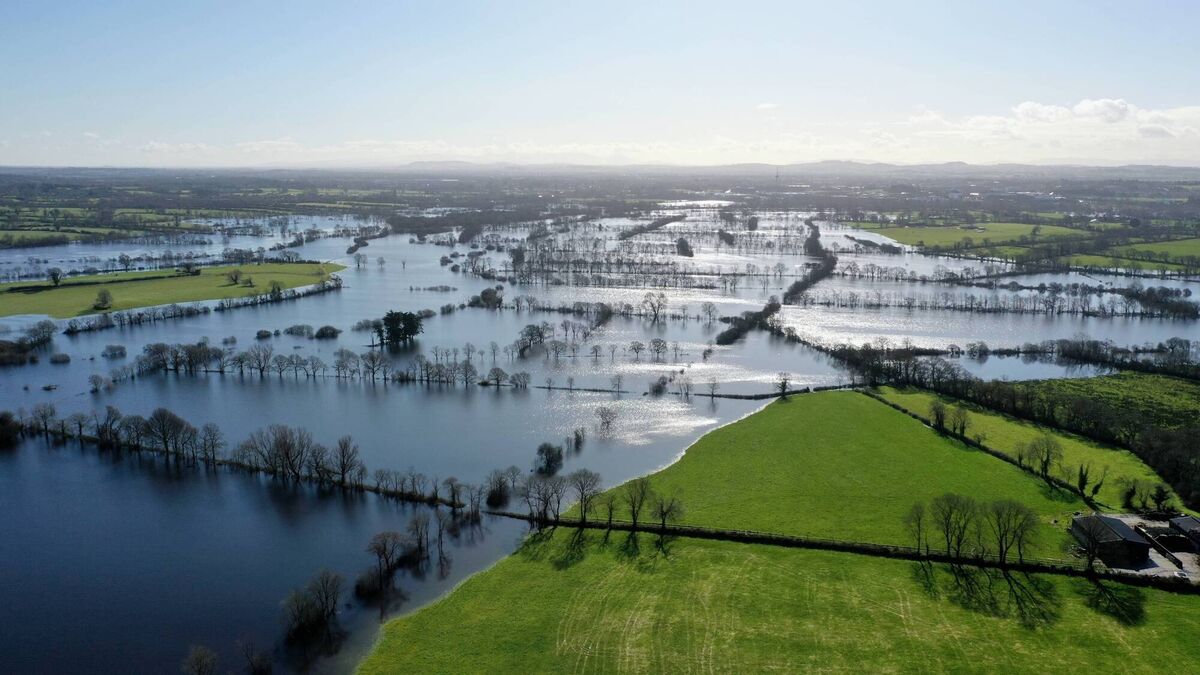
Since then, however, parts of Ireland have been hit by massive and devastating floods that have repeatedly led to questions being asked about the lack of a publicly-available early flood warning or forecasting system.
A decision by the ESB to discharge tonnes of water from behind its hydroelectric dam at Inniscarra after days of heavy rainfall in November 2009, for example, led to much of Cork City being flooded.
But one glaring issue at the time was one around the lack of any early warning and poor communications between local authorities and the general public.
Ireland’s lack of a fully functioning public early flood warning system, however, is not unique. Some 60% of Africa, for example, does not have early flood warning systems.
Nearer home, Scotland is still in the process of bringing in its own public flood early warning system online. This is some 20 years on from when it started establishing it but — like England — it publishes trial work-in-progress versions of its early warning systems.
The Scottish Environment Protection Agency, for example, issues daily flood alerts and live flooding information affecting anywhere from major urban areas and road networks right down to specific small villages and minor back or side roads affected.
Spain currently uses a so-called ES-Alert emergency warning system, known as "reverse 112".
It sends text messages to everybody in a particular area, regardless of whether they are subscribed to the alert system or not and the messages can’t be dismissed until the mobile phone user has read them.
Stage One of work on setting up Ireland’s National Flood Forecasting and Warning Service (NFFWS) to deal with flood forecasting from fluvial (river) and coastal sources started in 2016.
Met Éireann Chief Hydrometeorologist Rosemarie Lawlor outlined the forecaster’s role in the three-stage establishment of the NFFWS in her “Making Ireland Weather and Climate Prepared” presentation to the Department of Housing that year.
In it, she stated: “We have the weather experts, the public trust us and are used to us issuing weather warnings (and) we have the larger public engagement.”
The first stage of the implementation plan to establish the NFFWS was due to be completed in 2022, and the development of Met Éireann Flood Forecasting Centre (FFC) was a key part of this.
It became operational in early 2024 and its role now is to provide flood forecasts, weather and hydrological observations and daily flood “guidance statements” to decision-making stakeholders such as the Local Authorities, the National Directorate for Fire and Emergency Management and other agencies.
Stage Two of the NFFWS implementation programme includes the need to develop and implement further a “regional flood forecasting and warning service”.
Currently in “planning and development” — according to Met Éireann and OPW — it is planned the completion of this stage “will enable the NFFWS to deliver national public flood alerts/warnings and associated services”.
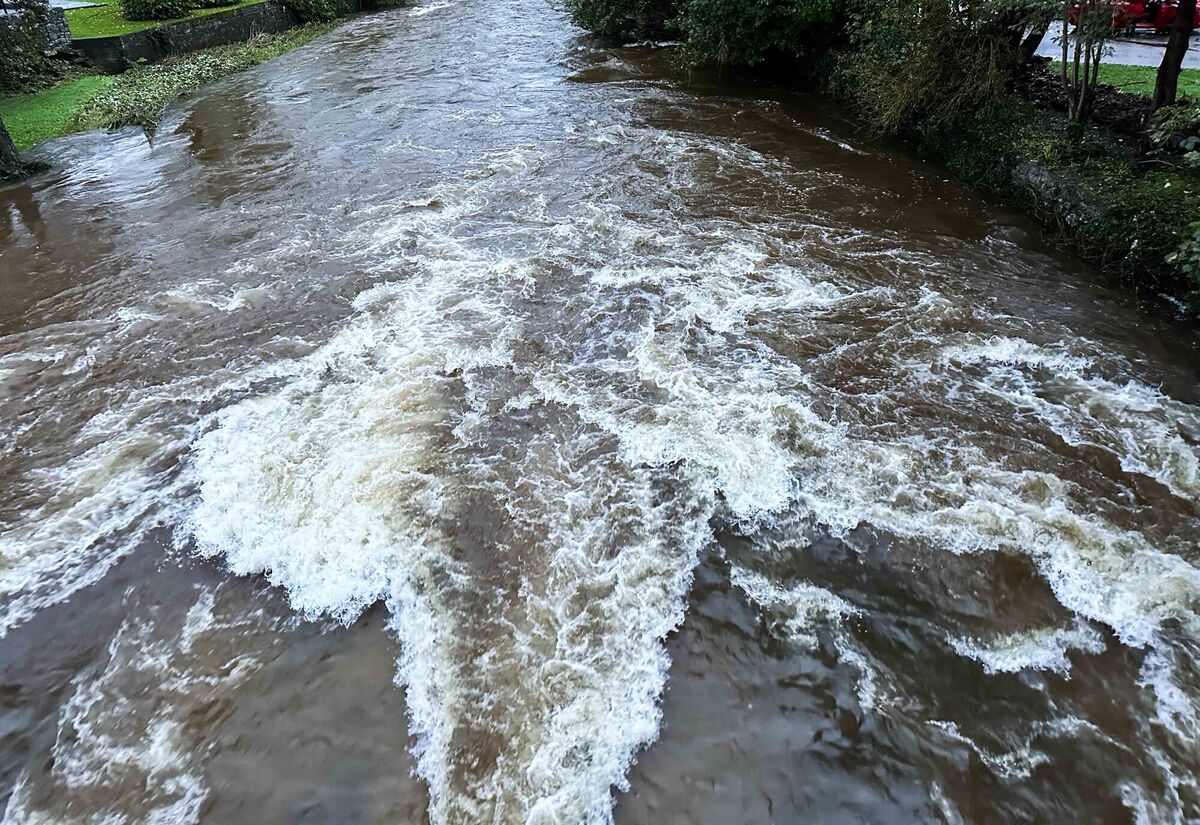
According to the initial plan, Stage Two had been due to start in 2022 and completed in 2027 while Stage Three was due to start in 2028 and to be completed around 2033.
Of Met Éireann’s role, Ms Lawlor said: “The information provided by the FFC are advisories and not a definite warning. It is not the role of Met Éireann to provide flood warnings.
“The public is used to receiving weather warnings from Met Éireann as part of the daily weather forecasts as required.
“In contrast, the content provided by the FFC to stakeholders is to advise them and enable them to make decisions in addressing flooding situations on the ground.
“The content is not designed or intended to warn the public at large."
She added: “Generally speaking, establishing a national flood forecasting and warning service is a multifactorial, complex, observational, and predictive scientific activity.
“This is internationally accepted as the case and is a staged process over time to develop an accurate national flood forecasting and warning service.”
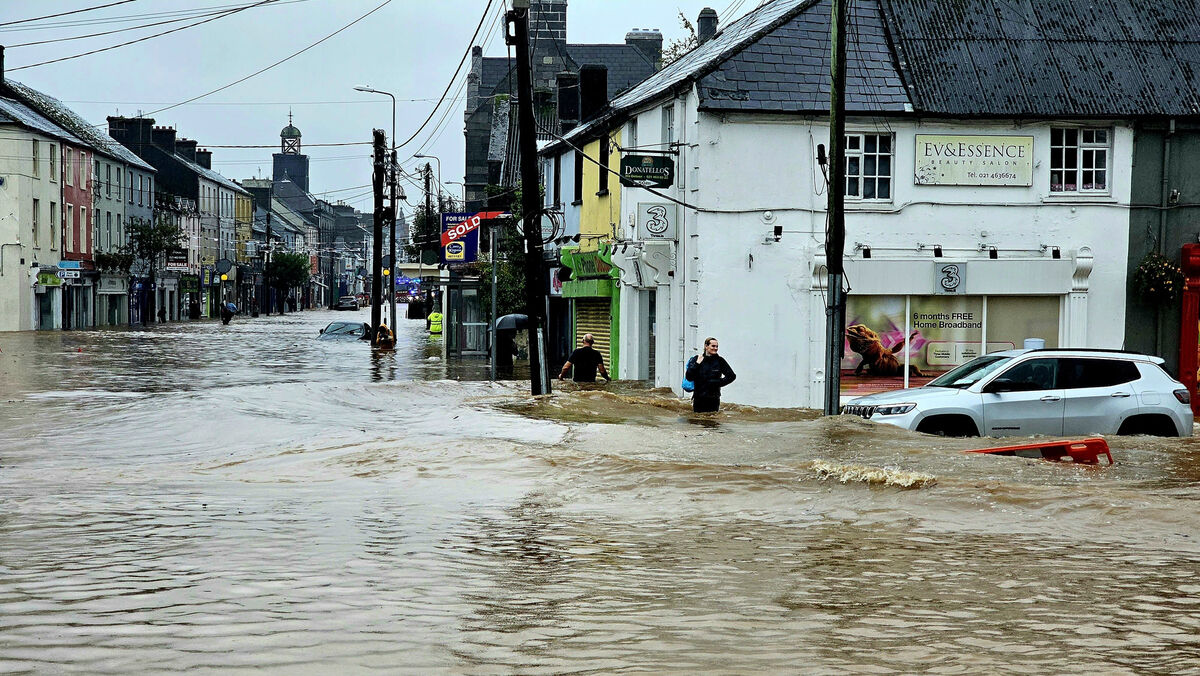
On Carlow Weather’s suggestion about a bigger network of gauges in rivers and on mountains around the country, Ms Lawlor said: “We don't just measure rainfall by rain gauges.
“We do radars as well. We have the radar in Shannon and Dublin that feeds into our systems.
“If you put a rain gauge in, you get that information on that spot only. Rain gauges on the top of the mountains are not going to be of any use.”
So, she was asked, has Carlow Weather got it wrong?
She replied: “Well, I'm not saying that. However, flood risk management is complex. Flood risk is a complex process. There are many solutions.
“It is a very complicated process with over 46 different government bodies involved. We need to have all this equipment in place to monitor, and we build the models as well, with the expertise of hydro meteorologists.
“It's a new, evolving science. Our goal is to develop flood forecasting systems in place and issue information out to the public so that they can be alerted to when flooding occurs.
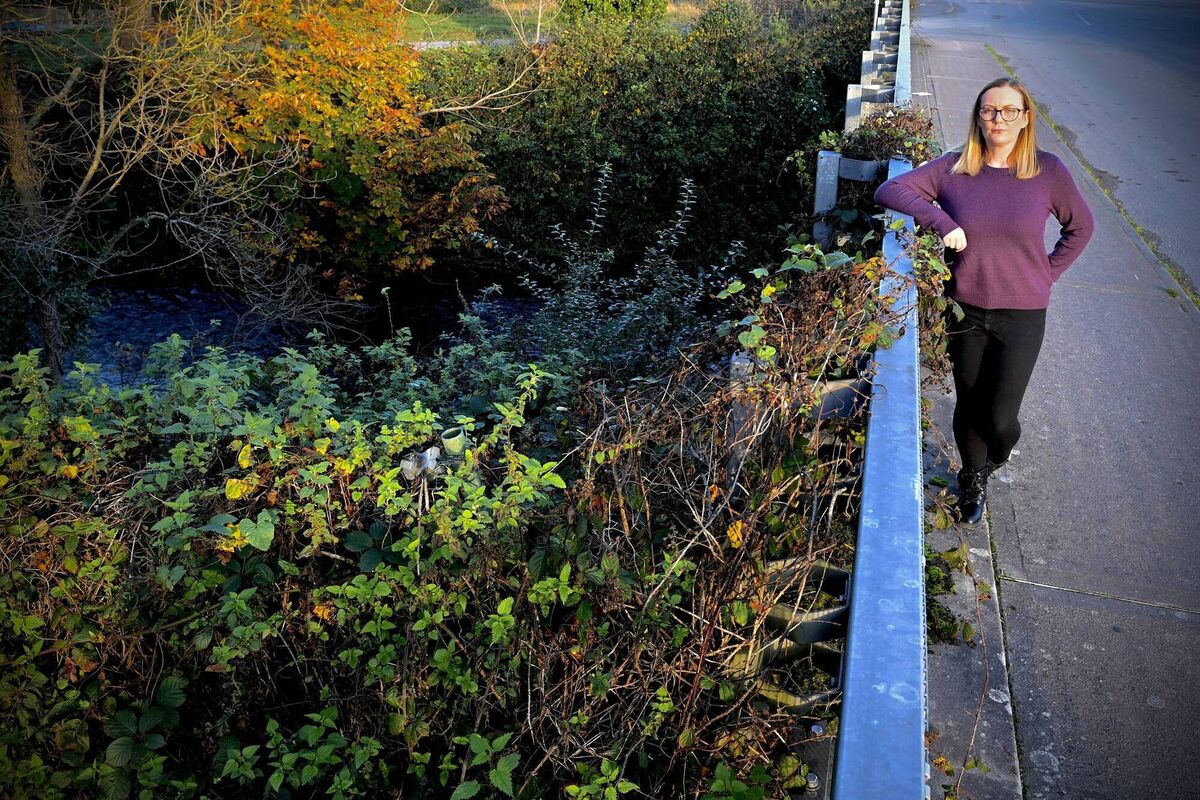
“I really, really feel sorry for the people out there. We are looking at what we can do in short-term solutions for places like Midleton, but it takes time.”
Asked how long before Ireland has a text-based system like in Spain, she replied: “Within five to 10 years.”
Mr O’Reilly said the issue around public flood warnings and forecasts needs to be speeded up. “The issue around public flood warnings did not just start in 2016,” Mr O’Reilly said.
“If the Parlon Report came out in 2004, you can bet your bottom dollar this was a big issue in the years before it was even commissioned.
“The need for public early flood warnings or forecasts has been around for a long time and we just need to get on with it.”
Caroline Leahy, who says she still gets anxiety when she hears rain falling on the roof of her Midleton home at night, agrees.
“I am not the only person in Midleton who believes I will be left clinging to the proverbial pole and just hoping for the best,” she said.



